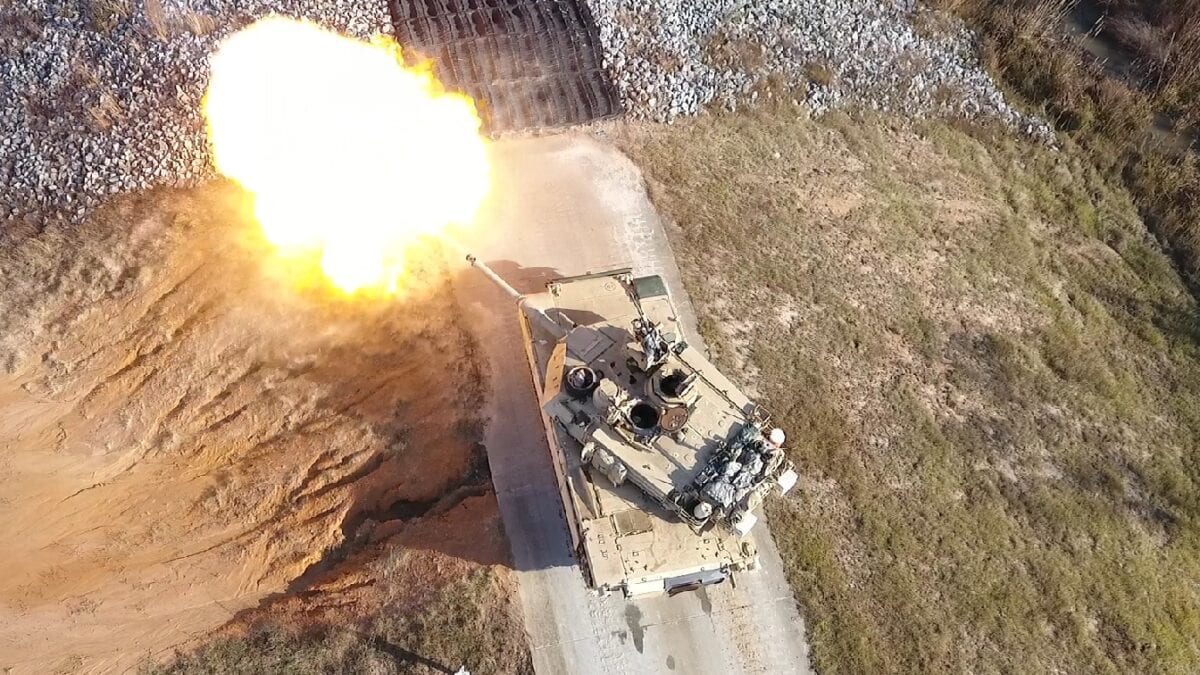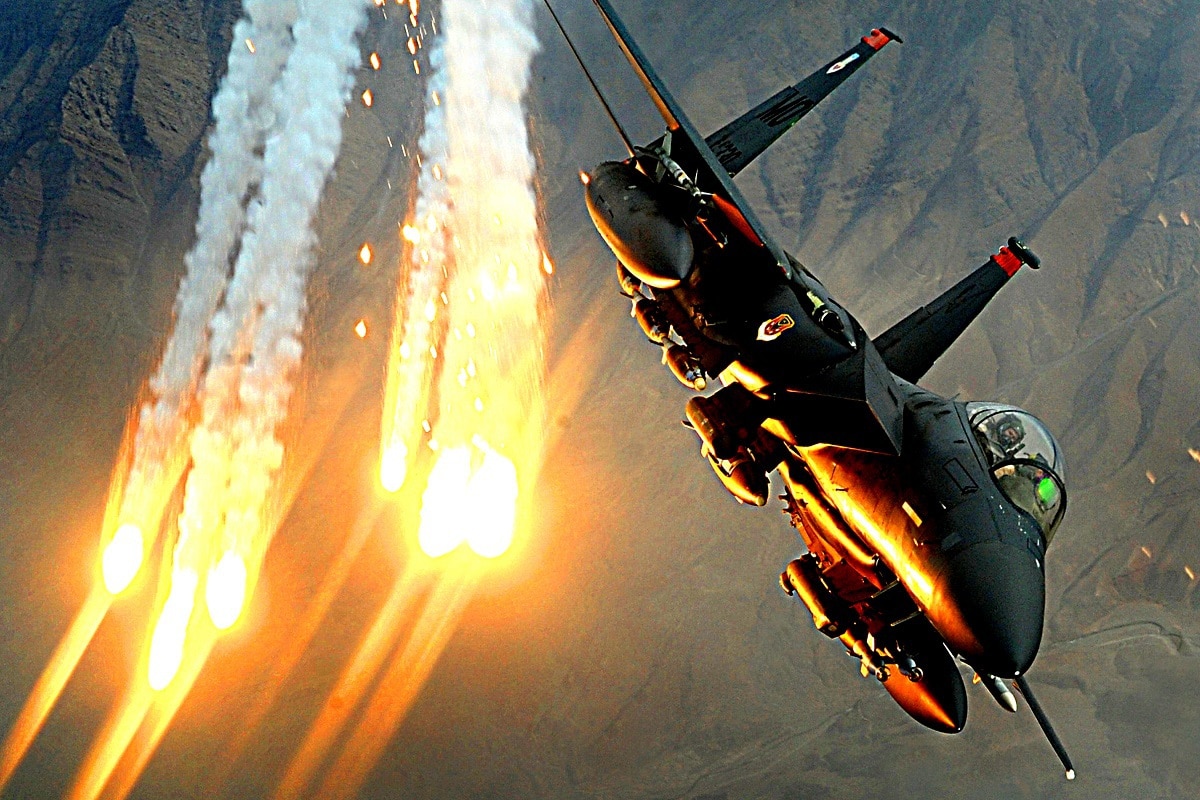NATO’s thinking is changing when it comes to the future of warfare: The ongoing war in Ukraine has already changed the perception of how a 21st-century conflict might be fought. Some have described Russia’s unprovoked and wholly unwarranted invasion of Ukraine as the final war of the 20th century – as it relied on the same strategies from prior conflicts, yet once proven platforms, like the tank, will need to adapt to changing military landscape.
At the same time, the war could serve to help NATO leaders plan for any future engagements.
The British Ministry of Defence has also called upon the UK industry to accelerate the development of equipment for the Ukrainian armed forces, launching a £25 million ($31.5 million US) campaign fund for the design and delivery of equipment to the country across the coming months.
“Since Russia’s brutal invasion UK defence suppliers with active support from MOD and DE&S (Defence Equipment & Support) have taken equipment from desktop ideas to the front line. This £25m plus fund is designed to capture ongoing work and support innovative ideas to meet Ukrainian defence requirements,” said Defence Procurement Minister Jeremy Quin.
“Recent months have shown the ingenuity and innovation of the UK defence sector,” Quin added. “We want to ensure ongoing creativity is harnessed and directed at key requirements and all companies with a capability that can help are aware of the challenge.”
The fund calls on UK defense companies — including small and medium-sized enterprises — to propose solutions in four key categories: artillery, coastal defense, military logistics, resupply, and drones by June 10.
“The Russia-Ukraine conflict has provided British defense officials and their NATO counterparts with unparalleled insight into the conduct of high-intensity warfare by state actors in the 21st century, allowing strategists to assess the advantages and limitations of both doctrine and associated equipment,” explained Tristan Sauer, land domain analyst at the international analytics firm GlobalData.
“The conflict has also enabled procurement officials to further understand the issues faced by the global defense industrial base, as rising demand for new systems to either supply the UAF (Ukrainian Armed Forces) or to restock domestic stockpiles continues to pose manufacturing challenges to defense primes and subcontractors,” explained Sauer via an email.
“In light of these revelations, the British Ministry of Defence’s offer of an additional £25 million in funding for select ventures could address the current needs of both the UAF and the UK’s defense industry,” he continued. “Funds have been earmarked for artillery, logistics, drones and coastal defense systems.”
The war in Ukraine has in many ways allowed for arsenals across the NATO alliance – notably in the UK – to get “refreshed” as older systems are being sent to help Kyiv. There has been a concern that this is depleting readiness among the NATO members, but the fact remains that Russia is still likely the alliance’s biggest potential adversary and it certainly has used significant numbers of its equipment.
While it is doubtful Russia could have successfully waged a conventional war against NATO before launching its invasion of Ukraine, its abilities to conduct a war have only worsened. Meanwhile, the attack has been a wake-up call of sorts for NATO. The UK and other partner nations have increased their defense spending accordingly.

Aerial drone image of an M1A2 Abrams Main Battle Tank crew, from the 1st Armor Brigade Combat Team, 3rd Infantry Division, conducting Table VI Gunnery at Fort Stewart, Ga. December 6, 2016.
“This initiative illustrates how the British MoD, amongst other western defense agencies, have looked to capitalize on Ukrainian demands for military equipment to solicit investment in their respective domestic industrial base,” said Sauer. “This is hoped to promote competition, revive stagnating manufacturing capabilities and streamline the procurement processes that risk hampering the industry’s ability to effectively respond to the level of demand entailed by a high-intensity conflict, which has been a growing concern for many Western nations currently supplying Ukraine with military aid.”
Now a Senior Editor for 1945, Peter Suciu is a Michigan-based writer who has contributed to more than four dozen magazines, newspapers and websites. He regularly writes about military hardware, and is the author of several books on military headgear including A Gallery of Military Headdress, which is available on Amazon.com. Peter is also a Contributing Writer for Forbes.

